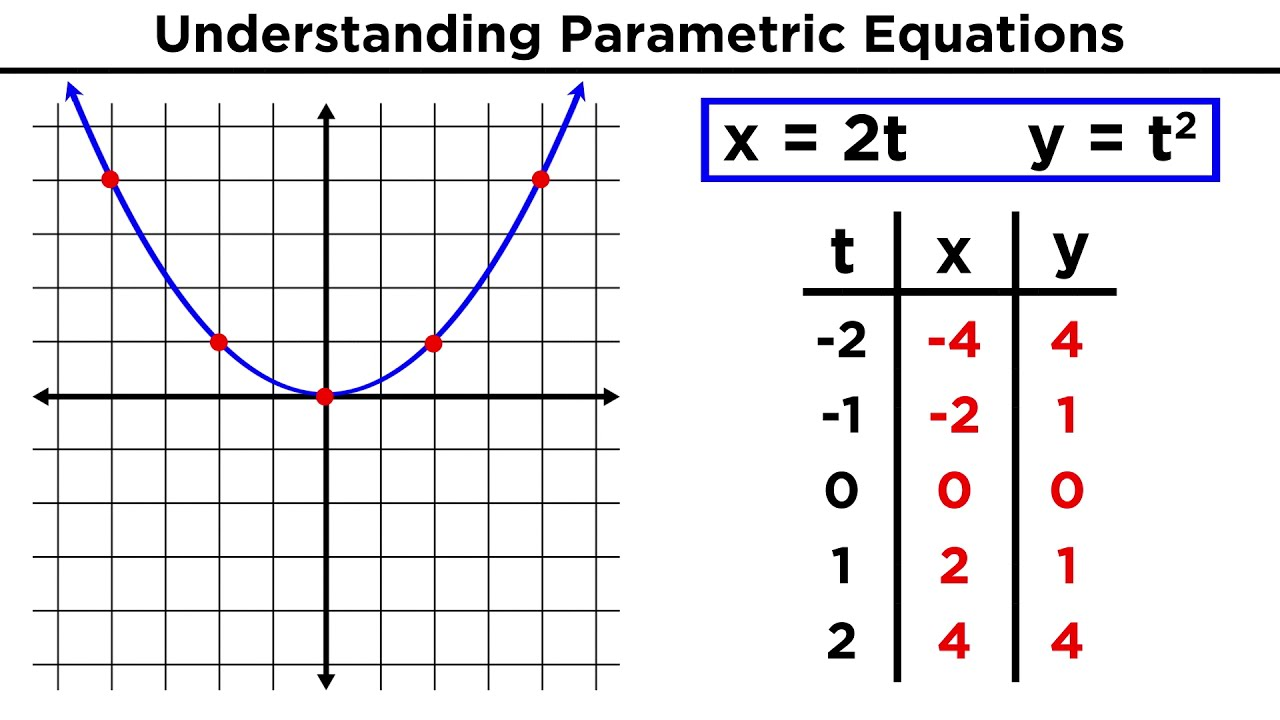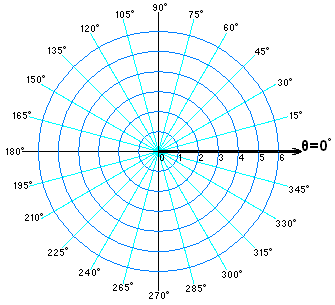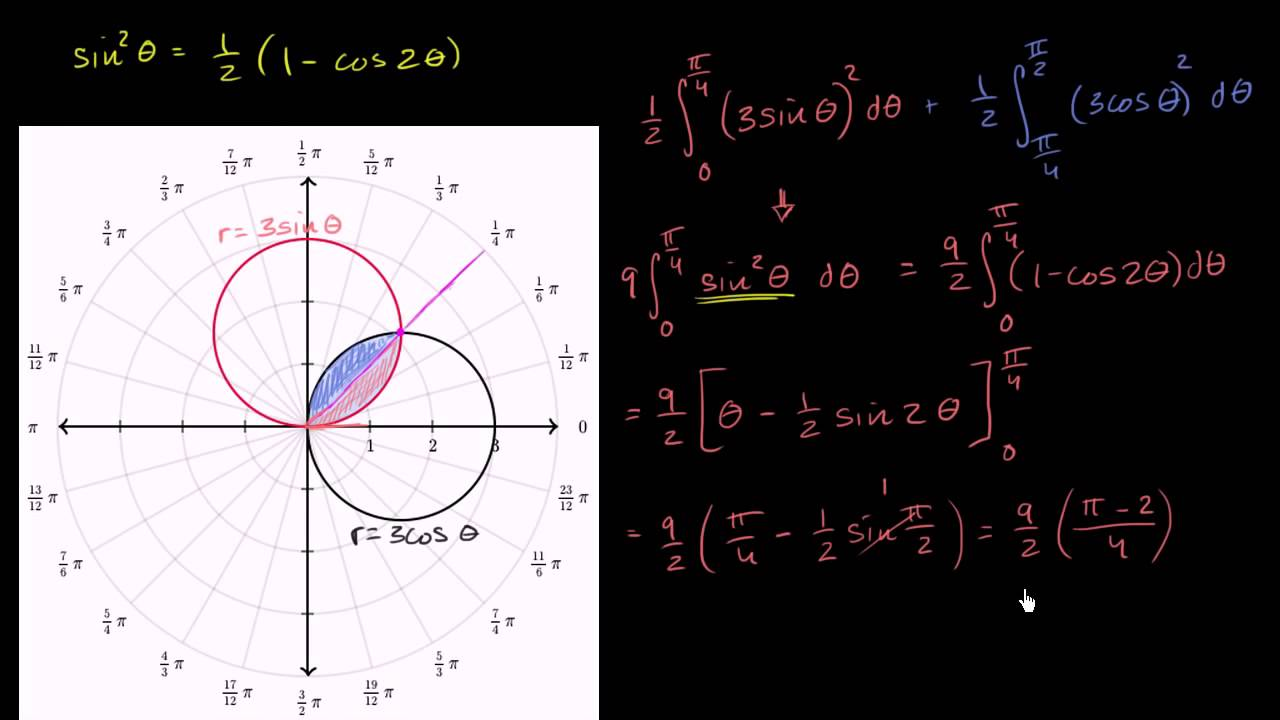
Princeton Review AP Calculus BC, Chapter 11: Parametric Equations, Polar Coordinates, and Vector-Valued Functions
Parametric Equations
Parametric functions show a relationship between a variable and time
Often it’s used to show the position of an object or shape of a curve
The formula for a parametric equation is given by:
x = f(t)
y = g(t)
X & Y are dependent and time is independent

Arc Length of Curves
Arc length is the distance along a curve
We have to square the derivative, but because both X & Y are dependent, we square both derivatives
We then take the square root and the integral
This time it’s the integral from t=a to t=b

Vector-Valued Functions
These functions map numbers to vectors!
For parametric equations, they represent position, velocity, and acceleration!
To derive these functions we have to take the derivative of each component individually

The same applies to integration- integrate each component individually
Polar Coordinates

This is a coordinate system where x,y pairs are replaced with r (the distance from the orgin) and θ (angle from x-axis)

To go from a set of polar coordinates to regular (cartesian) there is a conversion:

Remember that when we differentiate with polar coordinates we differentiate with respect to theta → dθ
Area between two curves in polar coordinates is given by A = (1/2) ∫(a,b) (R^2 - r^2) dθ
Instead of top - bottom we have inner - outer

Princeton Review AP Calculus BC, Chapter 11: Parametric Equations, Polar Coordinates, and Vector-Valued Functions
Parametric Equations
Parametric functions show a relationship between a variable and time
Often it’s used to show the position of an object or shape of a curve
The formula for a parametric equation is given by:
x = f(t)
y = g(t)
X & Y are dependent and time is independent

Arc Length of Curves
Arc length is the distance along a curve
We have to square the derivative, but because both X & Y are dependent, we square both derivatives
We then take the square root and the integral
This time it’s the integral from t=a to t=b

Vector-Valued Functions
These functions map numbers to vectors!
For parametric equations, they represent position, velocity, and acceleration!
To derive these functions we have to take the derivative of each component individually

The same applies to integration- integrate each component individually
Polar Coordinates

This is a coordinate system where x,y pairs are replaced with r (the distance from the orgin) and θ (angle from x-axis)

To go from a set of polar coordinates to regular (cartesian) there is a conversion:

Remember that when we differentiate with polar coordinates we differentiate with respect to theta → dθ
Area between two curves in polar coordinates is given by A = (1/2) ∫(a,b) (R^2 - r^2) dθ
Instead of top - bottom we have inner - outer

 Knowt
Knowt